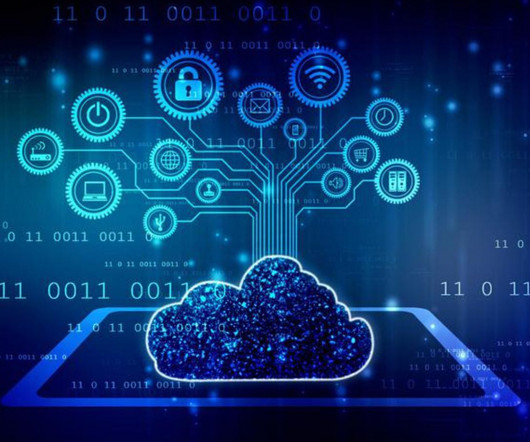Connecting devices for optimal industrial processes
Dataconomy
APRIL 10, 2023
This is the world of the Industrial Internet of Things (IIoT). IoT, or the Internet of Things, refers to a network of physical objects, devices, vehicles, buildings, and other items that are embedded with sensors, software, and connectivity, enabling them to collect and exchange data with other devices and systems over the internet.

















Let's personalize your content